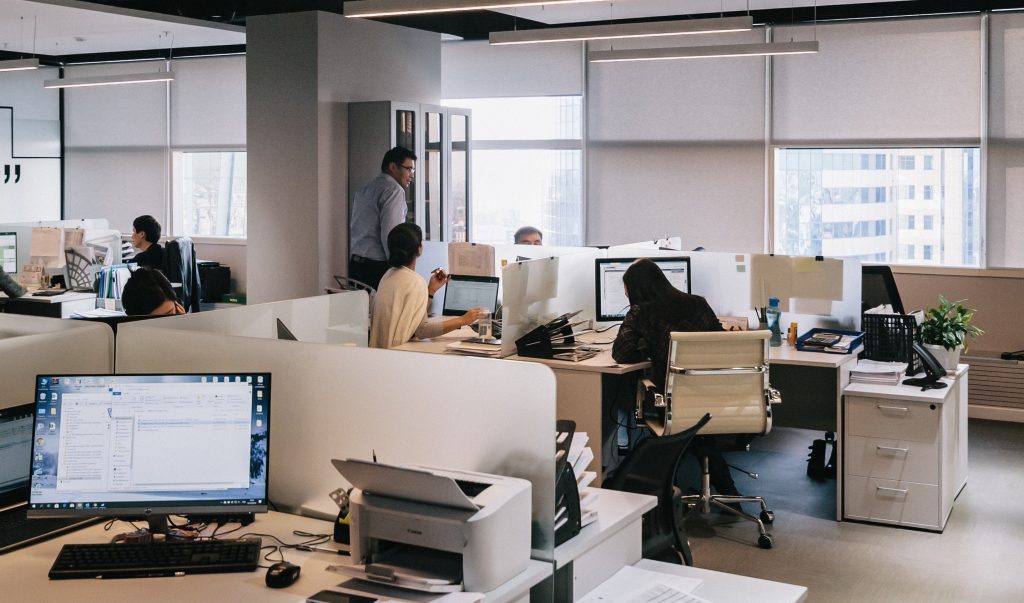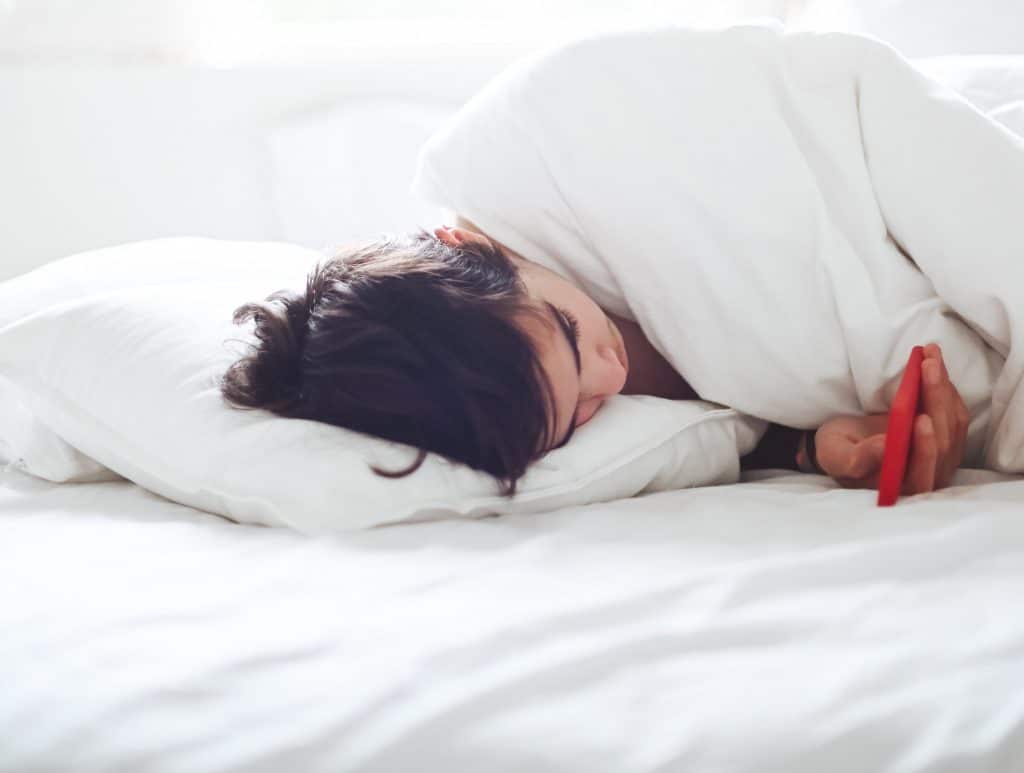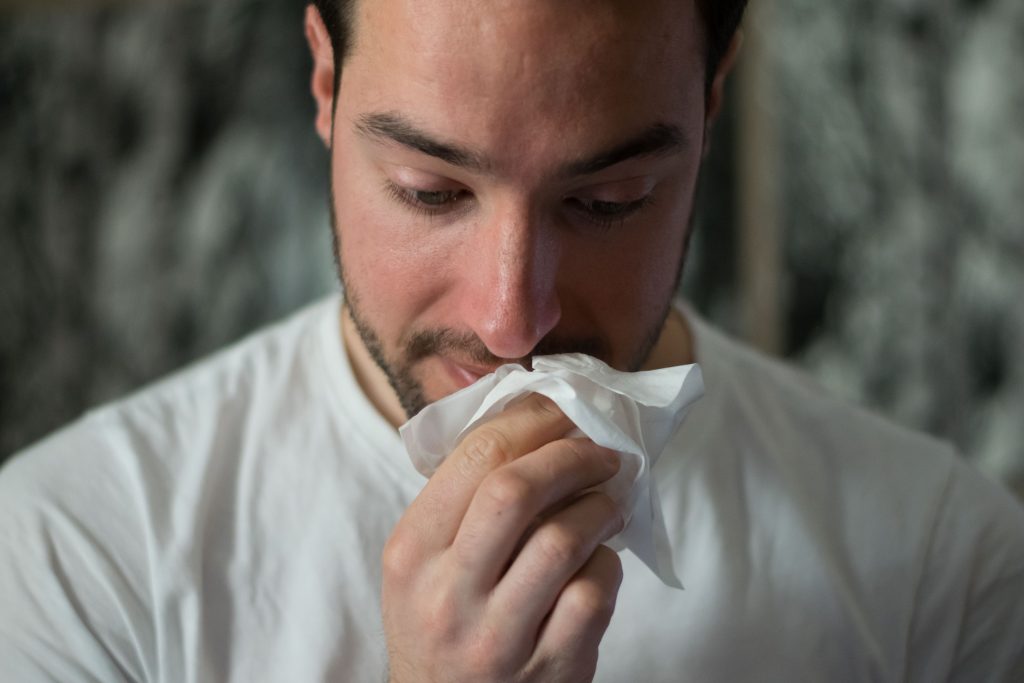
Update April 7, 2020: The article below advises people not to wear masks in public, reserving them for healthcare workers, the sick, and individuals caring for the sick, according to the CDC’s recommendations. However, the CDC is now recommending people to wear masks in public.
According to the Center for Disease Control and Prevention (CDC), avoiding exposure to COVID-19 is the best way to protect yourself from the virus. This may mean practicing social distancing or self-quarantine, avoiding crowded areas, or working from home.
Of course, not everyone has the luxury of doing remote work. Unlike Facebook’s content reviewers who were sent home because of the pandemic, some people are required to be on site, including health care professionals, retail clerks, and restaurant employees.
You can protect yourself from COVID-19 at work. To understand these methods, you must first understand how COVID-19 spreads.
According to the CDC, COVID-19 mainly spreads from person to person. You can catch the virus if you’re in close contact with people who are less than six feet away. You can also catch it through respiratory droplets produced from coughing or sneezing. If someone coughs or sneezes in your direction, those respiratory droplets may land in your mouth or nose or inhaled into your lungs.
The CDC explains it well in this one-minute video:
Table of Contents
How to Protect Yourself from COVID-19
Again, your best chance of protection is to stay at home. However, if you’re required to work on site, follow these best practices to protect yourself from COVID-19.
Avoid the Elevator
Because the CDC advises you to stay six feet away from people, you must avoid crowded public areas, including the restaurant where you grab lunch with your colleagues, the cafe where you buy your afternoon coffee, the subway that takes you to work, and the elevator, where strangers are packed like sardines. This may be difficult to do if you work on the 20th floor of your office building. If you can handle the walk, take the stairs. Not only will you avoid close contact with strangers, but you will also get your daily exercise. Remember: Exercise strengthens your immune system.
Turn All Meetings Virtual
Most meetings can be done virtually. If you can avoid contact with a client or business partner, take that chance. You will be protecting both of your health.
When meeting virtually, make sure to choose reliable video-calling software. Many companies use Zoom for conference calls because of its convenient features, including the ability to add virtual backgrounds and the ability to create group calls. You can learn how to use Zoom in just 20 minutes using Dusty Porter’s tutorial:
Also, check the strength of your WiFi network. No one wants to watch you buffer and freeze throughout the meeting.
Don’t Shake Hands
Although the person whose hand you shook looks perfectly healthy, that person may still carry the virus unbeknownst to her. According to the CDC, people who carry the virus don’t display symptoms until after 2 to 14 days. To protect yourself, avoid physical contact, including handshakes. This may be difficult to do in the United States, where professionalism dictates we shake the hands of our colleagues or business associates. However, there are alternatives. Some have resorted to touching elbows or ankles. Some even prefer the polite smile and wave. Some are lobbying for the resurrection of the 18th century bow and curtsey.
via GIPHY
Ditch the handshake. At a time like this, decorum can take a back seat.
Scrub Under Your Fingernails
Washing your hands may be important, but to protect yourself from COVID-19, wash your hands thoroughly with soap for at least 20 seconds while scrubbing the back of your hand and under your fingernails. The CDC explains why this is important:
Remember what your mother taught you as a child: Wash before eating. But take it a step further. The CDC recommends washing after being in a public place, blowing your nose, coughing, or sneezing. If you cough, sneeze, or blow your nose into a tissue, immediately throw it away after use.
Hand sanitizers are not replacements to soap and water. Wash your hands if you can. If a hand-washing station is not available, then use hand sanitizers that contain 60% alcohol. Make sure to cover all surface areas. Rub your hands together until dry.
Stop Touching Your Face
Scientists have marveled at this behavior. Despite their efforts, people seem unable to keep their hands away from their faces, whether that’s rubbing their eyes, resting their chins on their open palms, or running the back of their hands across their noses.
To protect yourself from COVID-19, keep your hands away from your face. If you shook hands with a person carrying the virus and rubbed your eye afterward, you can catch COVID-19.
According to some health experts, touching your face is a technique used to soothe when you’re distressed. If you’re feeling stressed, keep your hand busy with a stress ball or fidget spinner. You can also wear a bandana as a barrier between your face and hand. Don’t use a face mask unless you’re sick or caring for the sick.
How to Protect Others from COVID-19
The fight against COVID-19 requires community effort. You must protect yourself to protect others. You must protect others to protect the community. There are several ways you can protect your neighbors from COVID-19.
Don’t Wear Face Masks
If you are well and healthy, don’t wear a face mask—there is no need. In fact, it causes more problems for the community. Because face masks are in low supply, you must reserve this precious resource for the sick and the people caring for them. If our doctors and nurses get ill, hospitals will become overwhelmed, resulting in fewer patients receiving the care they need. Remember, the fight against the virus requires community effort. Protect your healthcare professionals to protect the community and yourself.
If you’re ill, only then can you wear a face mask. Even more important, stay at home and regularly disinfect the surfaces you touch.
Stay Home

Stay home, especially if you’re feeling unwell. Encourage others to stay home if they feel ill, even if that illness is a minor cold. According to the CDC, Symptoms of COVID-19 include fever, cough, and shortness of breath. If you feel ill, call your doctor—don’t go to the hospital, where health care professionals may be experiencing an influx of patients sick with the virus. Call first and follow the advice of your doctor. Don’t return to work until your temperature is below 100.4 degrees for at least 24 hours.
If you have difficulty breathing or shortness of breath, persistent pain or pressure in chest, bluish lips or face, or difficulty getting out of bed, seek medical attention.
Avoid Items from the Office Kitchen
Many workplaces include a kitchen where employees share utensils, plates, and mugs. Ditch those provisions and bring your own. The CDC advises against sharing personal items, including drinks, food, utensils, and towels. Bring your customized coffee mug to the office, and leave it out of the kitchen to prevent colleagues from using it. Bring your own plates and silverware and wash them at home.
Disinfect Your Desk
The CDC also recommends disinfecting surfaces that you frequently touch, including tables, doorknobs, and keyboards. Disinfect your desk and the items that you frequently use. In doing so, you’re destroying the virus living on those surfaces.
With people panic-buying all of the hand sanitizers and Clorox wipes, grocery stores and online merchants are in low supply. As as an alternative, you can concoct a bleach solution, containing five tablespoons of bleach per gallon of water or four teaspoons of bleach per quart of water, says the CDC. Make sure to ventilate the room when disinfecting. You can also disinfect with solutions containing 70% alcohol.
Cover Your Mouth When Coughing or Sneezing

This may be common sense to most people, but you’d be surprised by the number of individuals who don’t cover their mouths when they cough or sneeze. To protect others from COVID-19, sneeze or cough into your bent elbow. Absolutely don’t cough into your hand. You can easily transmit the virus to the person you shake hands with or touch. If not on your elbow, sneeze or cough into a tissue, which you must throw away immediately. For extra precaution, wash your hands afterward.
Not all are informed of the ways they can protect themselves and others from COVID-19. At the office, hang up posters with instructions on how to prevent the spread of this virus. Refer to the CDC for reliable and accurate information.